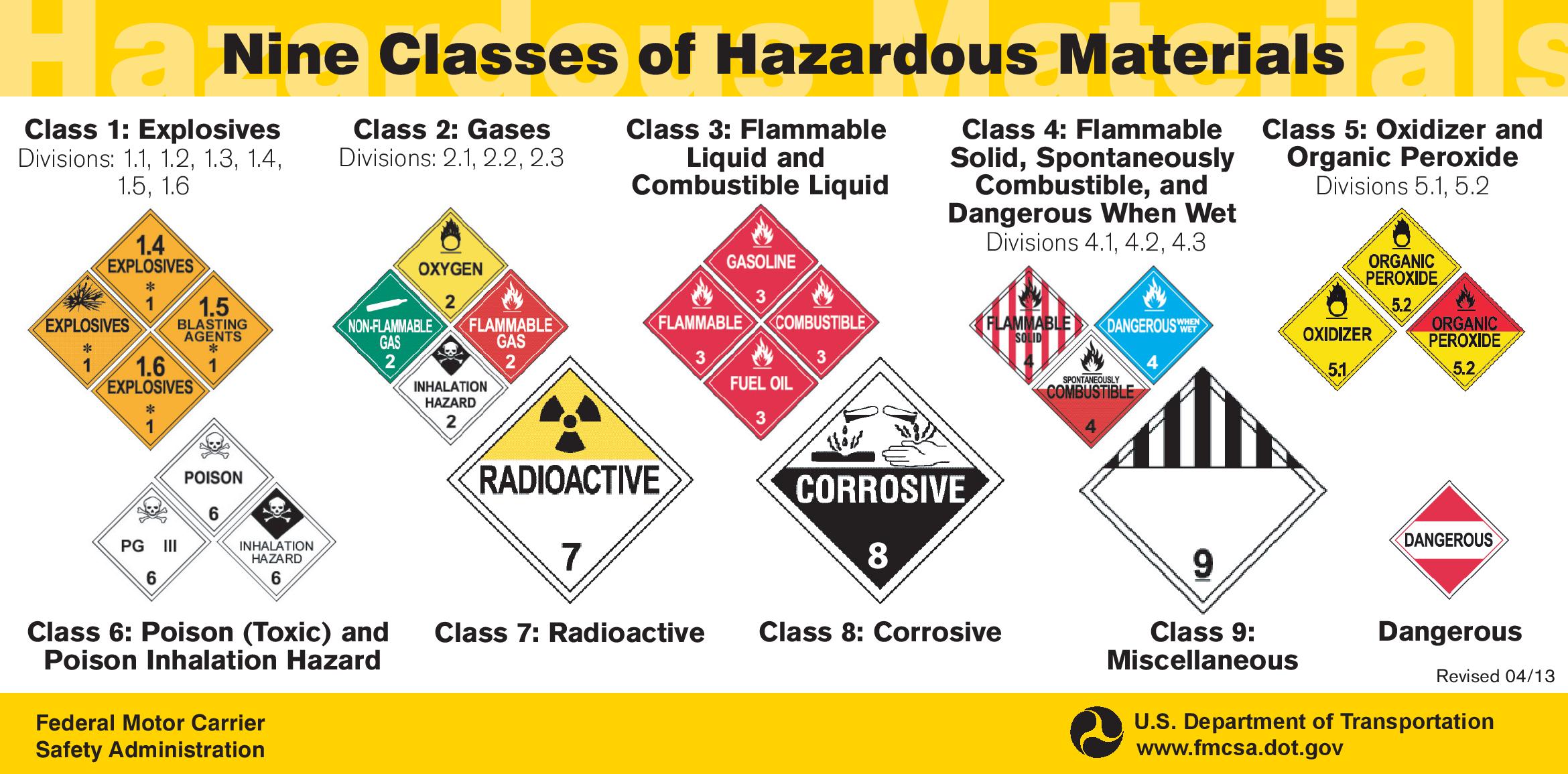.webp)

Baltimore Ship Was Carrying 'CLASS-9' Hazardous Material
COLOMBO (News 1st); The United States National Transportation Safety Board (NTSB) has launched an investigation into the collapse of a bridge in Baltimore, revealing that the cargo ship involved was carrying hazardous materials.
NTSB Chairperson Jennifer Homendy disclosed that the cargo ship had 56 containers on board containing hazardous materials, including corrosives, flammables, and lithium-ion batteries.
Some of these containers were breached during the accident, leading to a sheen being observed in the water. Homendy assured that federal, state, and local authorities are addressing the environmental concerns associated with the spillage.
Providing further details, Homendy stated that there were 21 crew members and two pilots aboard the vessel at the time of the accident.
The cargo manifest revealed the presence of 56 containers of hazardous materials, totaling 764 tons. These materials mainly consisted of corrosives, flammables, and miscellaneous hazardous materials, including lithium-ion batteries, falling under Class 9 hazardous materials category.
Class 9 hazardous materials encompass miscellaneous hazardous materials that pose transportation hazards not covered by other classes.
These materials, including automobile airbags, battery-powered vehicles, cotton, and plastic molding compounds, present a range of potential hazards to human health, safety, and the environment.
A miscellaneous hazardous material is a substance or article that presents a hazard during transportation, but does not meet the definition of any other hazard class.
Homendy stressed that the investigation by the NTSB could span 12 to 24 months, during which urgent safety recommendations may be issued. A preliminary report is expected to be released within two to four weeks.
The cargo ship involved in the incident was en route from Baltimore to Sri Lanka and is owned by Grace Ocean Private Ltd., chartered by Maersk.
This ship, known as the MV Dali, was previously involved in a collision while departing the port of Antwerp, Belgium, in 2016.
During this incident, the ship's bow reportedly swung around, causing damage to its stern and quay, though no injuries or pollution were reported.
Despite the weather being fine at the time, the incident was attributed to the ship's master and pilot. The vessel was detained by authorities for assessment and repairs following the collision.
As the vessel was heading to Sri Lanka, inquiries were made with the Colombo Port Authority to shed light on its operations.
The Colombo Port Authority clarified that the port has long served as a crucial transhipment hub, facilitating the movement of goods between various regions.
Notably, ships unable to access smaller ports, particularly in the South African region, often utilize the facilities at the port of Colombo to streamline operations and reduce costs.
According to port authorities, goods arriving at the Colombo Port are subsequently dispatched to neighboring countries via smaller vessels, ensuring efficient distribution across the region.
Addressing safety protocols, the Colombo Port emphasized that hazardous materials are handled in strict accordance with prescribed standards on a daily basis.
Ships carrying such dangerous goods are required to provide detailed cargo information to the port at least 48 hours in advance of arrival.

Other Articles
Featured News





.png )
-820726_550x300.jpg)
-820720_550x300.jpg)
-820714_550x300.jpg)







-819380_550x300.jpg)


-812087_550x300.jpg)
-810262_550x300.jpg)
















.gif)